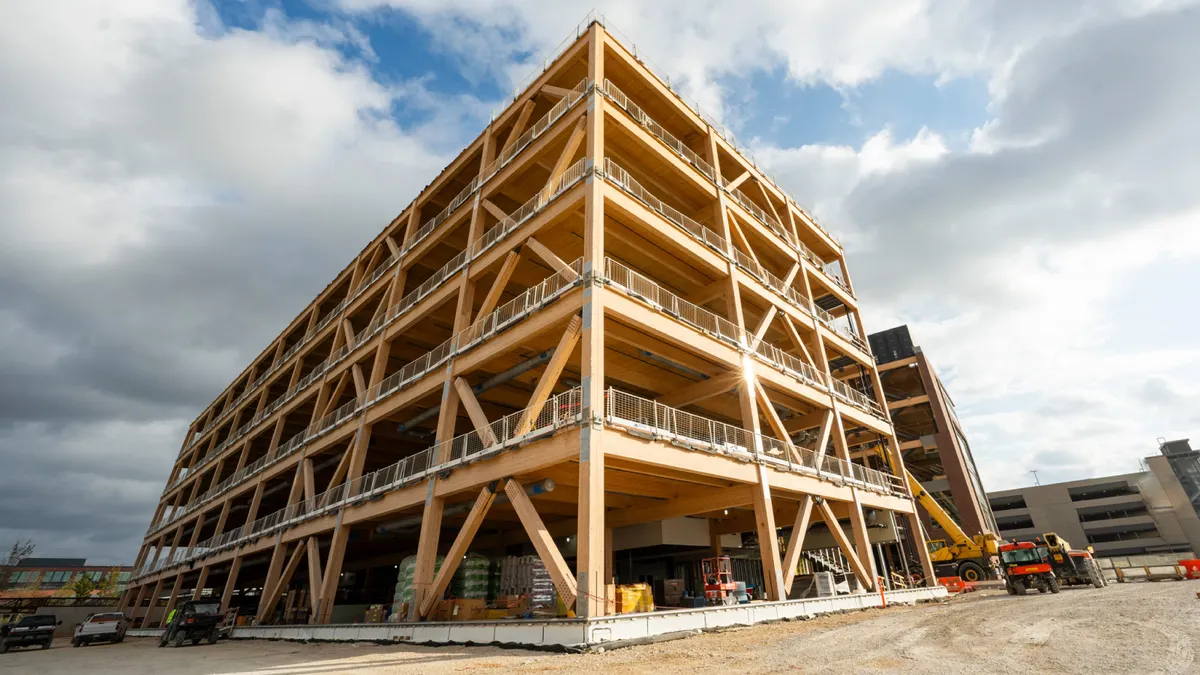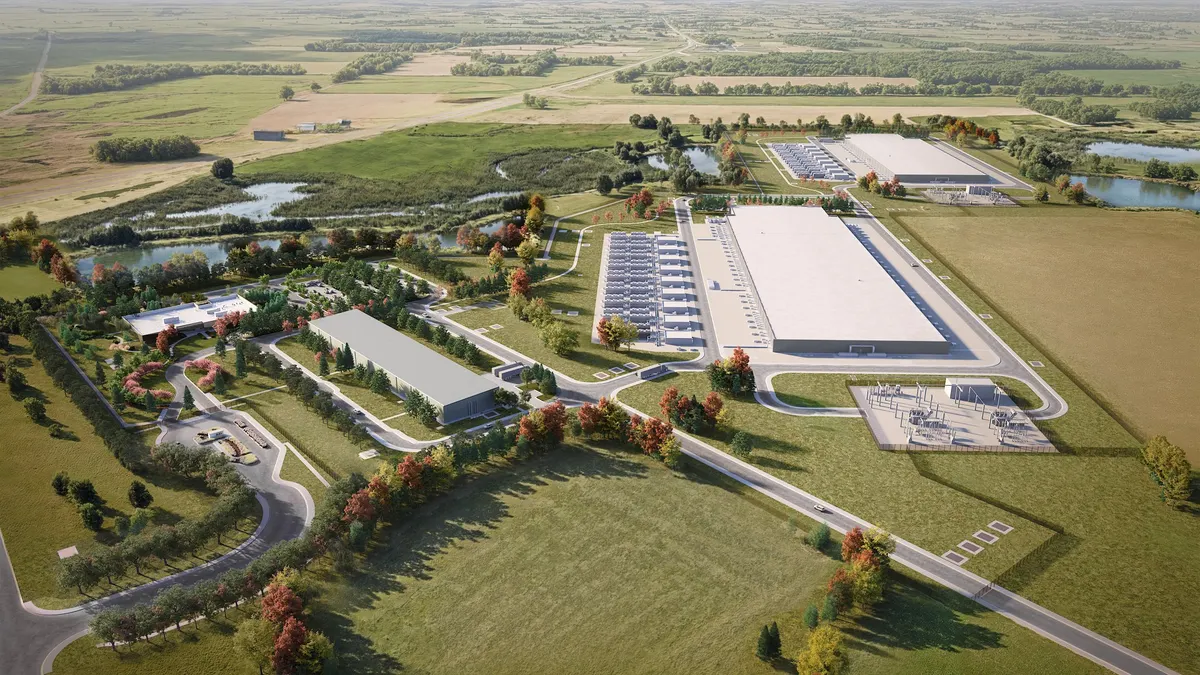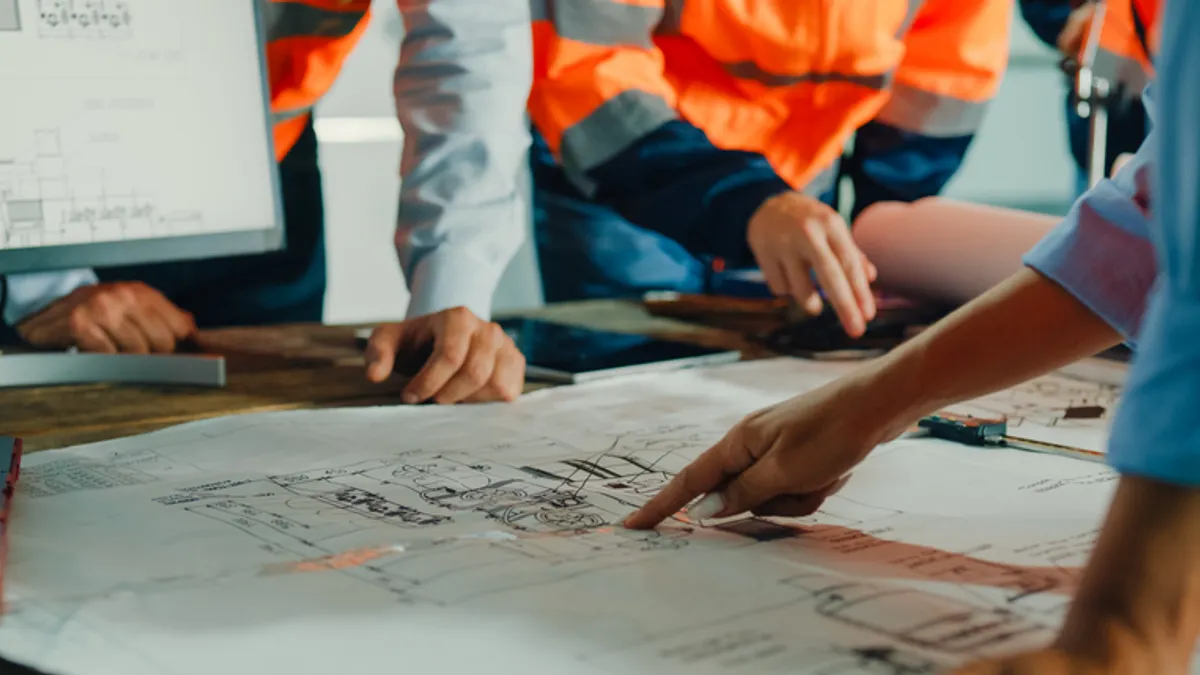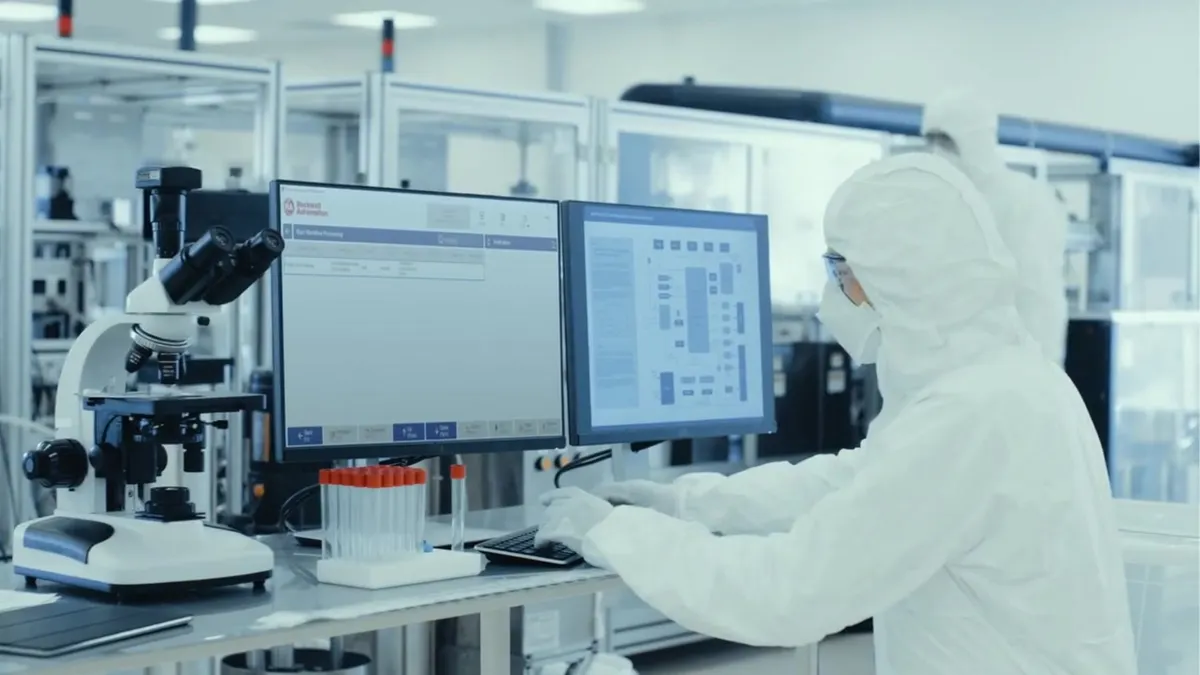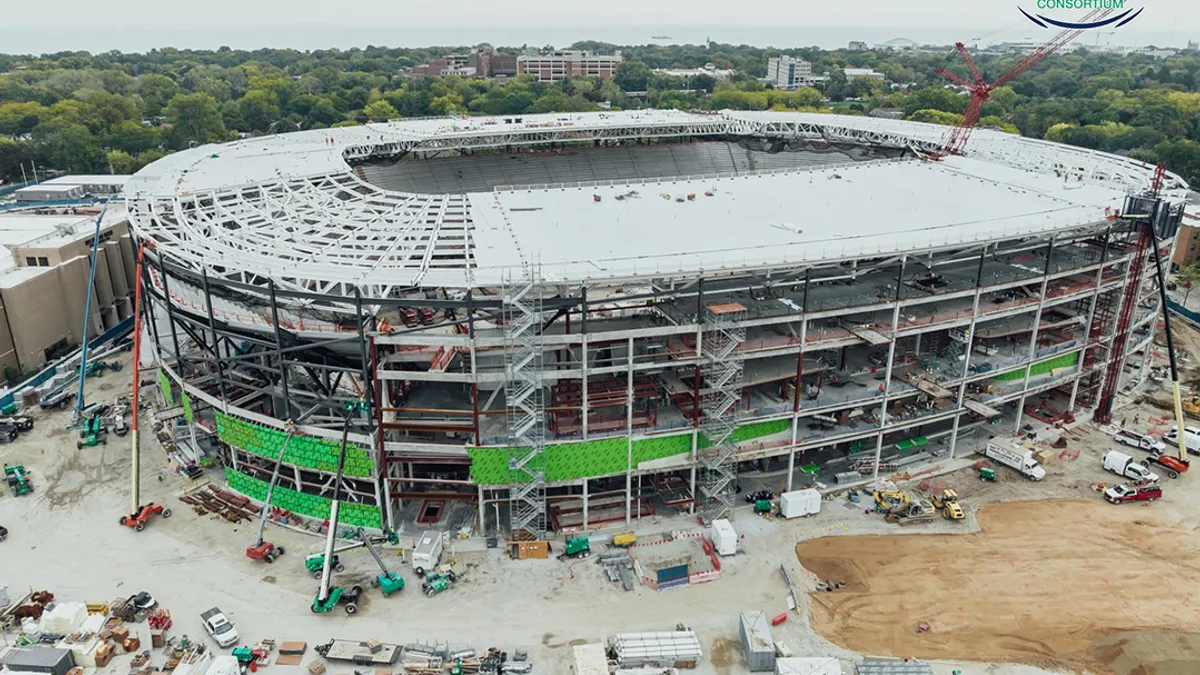This article is one in a series of conversations with women leaders in the construction industry. Click here for past discussions.
Purdue University engineering student Shivani Pemaraj developed an interest in green building technologies and practices in high school. One of her biggest inspirations is the Kendeda Building for Innovative Sustainable Design at Georgia Tech in Atlanta, the state’s first Living Building Challenge-certified project.
So when the Georgia resident considered internships for this summer, it made sense that she chose to work for the builder of that project, Sweden-based contractor and developer Skanska.
Pemaraj’s internship involved learning software from companies like Procore and Nexus and a proprietary Skanska system. She also handled subcontractor and LEED documentation, conducted weekly environmental inspections and worked on project turnover processes.

The black belt in karate said she hopes to one day work on a Living Building Challenge project. Here, Construction Dive talks with Pemaraj about her interest in sustainable design, goals for the future and the parallels between her work in construction and her passion for karate.
This interview has been edited for brevity and clarity.
CONSTRUCTION DIVE: What led you to choose construction for your career?
SHIVANI PEMARAJ: I’ve always been interested in buildings and infrastructure, whether it’s urban planning, the design process or the actual construction of a building. Growing up, my family prioritized outdoor activities such as biking, camping and hiking at national parks and local spots.
Experiencing nature so vividly sparked my interest in better understanding how environmental science and sustainability can help preserve and protect the environment. After learning about sustainable infrastructure, which was the perfect mix of my interests, I chose to pursue engineering at Purdue University so that I could eventually work on meaningful projects that have real-world impacts.
What do you do in your internship?
I am currently working on site at a mission critical project in metro Atlanta. My responsibilities include obtaining closeout documentation for the turnover process, writing RFIs and reviewing submittals, coordinating with subcontractors to resolve issues and tracking data and documentation for LEED certifications as well as the EC3 model (a free, open-source tool to estimate and reduce the embodied carbon in building materials).
What have you most enjoyed working on?
I have found that meeting and learning from a wide variety of people with diverse careers and backgrounds is extremely rewarding. Working at Skanska has enabled me to form meaningful relationships with colleagues who work both in the field and in the office, which has helped me gain a better understanding of all the different components and phases of a construction project.
Being in such a welcoming environment with diverse perspectives has made experiencing every aspect of construction — from the early phases of preconstruction to a project’s turnover — incredibly enriching and valuable.
One particularly meaningful experience during my summer internship was attending a client meeting at the Lifecycle Building Center where I got to witness the material circularity process in operation. The Atlanta-based nonprofit sources building materials from demolition and construction waste streams, refurbishes them and makes them available for reuse in new construction projects.
Touring this facility that plays such an instrumental role in material reuse and the sustainable building process was an incredible opportunity.
In addition to this, I had the opportunity to tour the Kendeda Building. Seeing how materials from the Lifecycle Building Center were used in the Kendeda Building, learning about the mechanical systems that increase energy efficiency and seeing the design purposes of the architectural features was extremely exciting for me.
Do you see any parallels between your study of karate and your work in the construction industry?
Karate and construction are both male-dominated fields. It can be a bit daunting to be the only girl in a room of 25 to 30 men, especially when you are young and new to something.
Growing up, I was quite shy and introverted, so I often struggled with speaking up. However, working in situations where I often stand out as a minority has forced me to be more assertive and have confidence in my abilities.
What advice would you give to other young women considering construction as a career?
My advice would be to take up space and to pursue what you are interested in. Opportunities are not typically going to be handed to you, so you have to advocate for yourself.
It can be scary to put yourself in scenarios where you may be rejected, but you never know who will say yes until you ask. Always be curious about the people you work with, different types of projects and different careers, because that is the fastest way to learn and grow.





